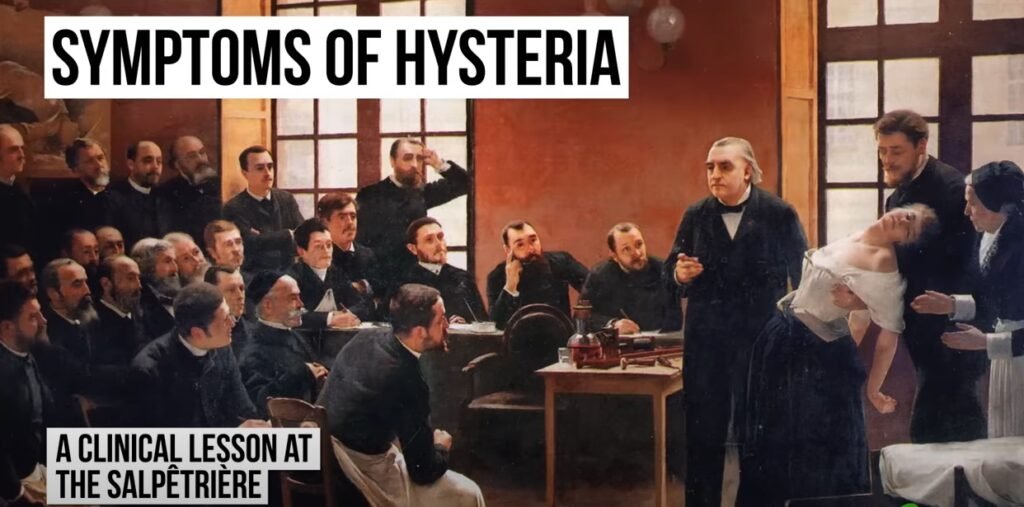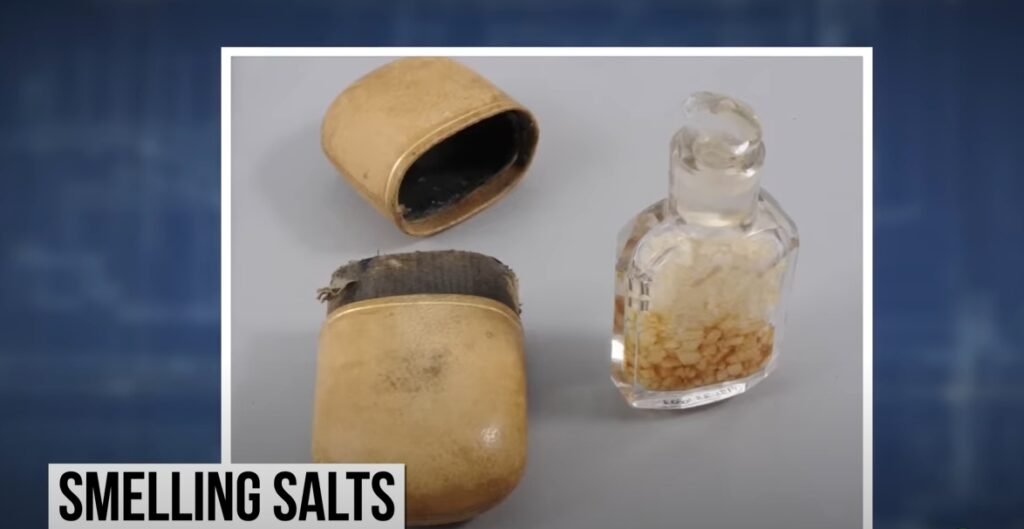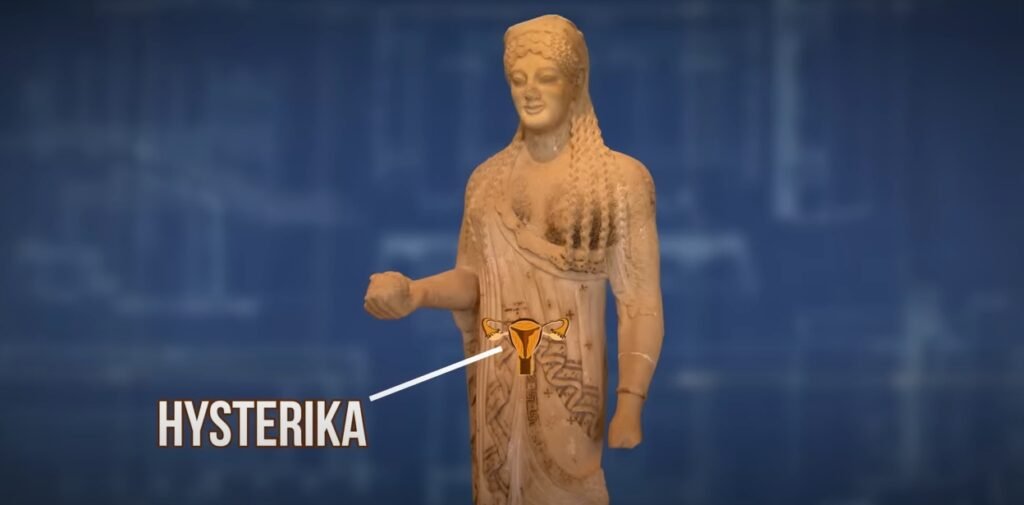Hysteria, a complex mental and nervous disorder, has long intrigued and bewildered both medical practitioners and society at large. In this comprehensive guide, we delve into the depths of hysteria, unraveling its mysteries, and shedding light on its symptoms, causes, and effective treatments.
Unraveling the Enigma of Hysteria
Hysteria, stemming from intense anxiety, manifests as a lack of control over emotions and actions, often culminating in convulsive seizures and emotional outbursts. While it can afflict individuals of any gender, it predominantly affects young women, particularly those between the ages of 14 and 25. Rooted in repressed mental conflicts, hysteria presents a myriad of challenges for those who grapple with its tumultuous grip.
A Historical Perspective
Tracing its origins to ancient Greek medicine, hysteria finds its etymological roots in the Greek word “hystron,” meaning uterus. Historically associated with ideas of demoniacal possession and witchcraft, hysteria has evolved over the ages, morphing into a diagnosis primarily linked to the female sex. From ancient Egypt to the Middle Ages, hysteria has left an indelible mark on the annals of medical history.
Decoding the Symptoms
Hysteria encompasses a broad spectrum of symptoms, ranging from subtle to severe manifestations. Patients may experience sudden emotional shifts, uncontrollable laughter or crying, limb cramps, and sensations of constriction in various body parts. These symptoms, categorized into first and second-degree manifestations, offer insights into the multifaceted nature of hysteria and its profound impact on physical and mental well-being.

Exploring the Underlying Causes
The causes of hysteria are as diverse as the symptoms they provoke. Sexual excess or repression, perverted thought patterns, and idleness are common culprits behind this enigmatic disorder. Heredity and emotional upbringing also play pivotal roles, predisposing individuals to the throes of hysteria. From emotional shocks to physical traumas, a myriad of factors can trigger the onset of hysteria, underscoring its complex etiology.
Effective Treatments for Hysteria
- Most cases of hysteria can be treated. Hysteria has both physical and mental causes, thus treating the condition of the body as well as the mind is important. Taking care of one’s physical well-being comes first. A healthy, well-functioning body is best able to keep the reasoning mind in control of the total organism.
- The measures on the physical side should include a well-ordered hygienic mode of living, a nutritious and bland diet, adequate mental and physical rest, daily exercise, agreeable, occupation, fresh air, regular eating and sleeping hours, bowel control, and healthy social interactions with others. On the mental plane, the patient should be taught self-control and educated in positive thinking. Somehow, she needs to pull her thoughts away from herself. Proper sex education should be given immediately, especially as regards sublimation of sexual desire or normal sexual indulgence for the married patient. It is preferable for the patient to begin treatment by following an all-fruit diet for a few days in the majority of hysterical cases. She should have fresh juicy fruits such as orange, apple, grapes, grape-fruit, papaya and pineapple during this period. After about a month of the all-fruit diet, an all-milk diet should be implemented.The majority of hysteria patients are quite exhausted, and the milk diet will aid in improving blood and nourish the nerves.
- If the full milk diet is not convenient, a dict of milk and fruits may be adopted. As a result, the patient may progressively start eating a well-balanced diet consisting of grains, seeds, nuts, vegetables, and fruits. The patient should avoid alcohol, tea, coffee, tobacco, white sugar and white flour and products made from them.
- Jambul fruit, known as jamun in the vernacular, is considered an effective home remedy for hysteria. Three kgs. of this fruit and a small pinch of salt into a pitcher of water.
- For a week, the jug needs to be left in the sun. Hysteric women should consume 300 grams of these fruits on an empty stomach together with a cup of water straight from the jug. The day she starts this treatment, 3 kgs. more of these fruits together with a handful of salt should be put in another jug filled with water, so that when the contents of the first jug are finished, contents of the other may be ready for use.
- Honey is regarded as another effective remedy for hysteria.
- Two of the main causes of hysteria are irregularity of the menstrual cycle and insanity. Honey is invaluable for both these conditions. It keeps the body temperature normal, cleanses the uterus, tones the brain and the uterine musculature, and promotes healthy bleeding during the menstrual cycle. It is advisable to use honey regularly and increase the quantity after the fits start. It will bring down body temperature thus preventing further fits.
- Exercise and outdoor games are important in the prevention and cure of hysteria. Yogasanas which are useful in hysteria are bhujangasana, shallabhasana, matsyasana, saryangasana,dhanurasana, halasana, paschimottanasana, yogamudra and
- shavasana. Weak patients, who are not able to take much active
- exercise, may be given massage three or four times a week. Sun and air baths are effective additional treatments for hysteria. They have a relaxing and stimulating effect on the nervous system. Regularly taking chilly baths is another great tonic. Suitable physical activity must be balanced with adequate rest and sleep.
- In case of a hysterical fit, the clothing of the patient should be loosened and her head lowered by laying her out flat at once. She should be slapped gently in the face and mustard plasters applied to the soles of the feet and the wrists. In ordinary cases no further treatment is necessary and the symptoms will soon pass off or cease if the patient is left alone.

- In a genuine hysterical attack, the most effective means of interrupting the paroxym is the application of cold water in some form to the head and spine. Either the cold water may be poured or cold pack or ice pack may be applied to the hand and the back of the neck. If this cannot be done, cold water may be splashed on the face. The patient should be provided with plenty of fresh air and some of her clothing should be removed to facilitate easy breathing and to expose the skin to fresh air.
- In a violent seizure of hysteria, pressure on the ovaries often checks the attack. The patient should be made to lie on the back and the fist forcibly pressed into the iliac region. As soon as possible, a neutral immersion bath at 98° to 100°F. may be given and continued until the excited condition subsides. If this is not convenient, a hot foot-bath, with cold applications to the head, may be used instead. Following an attack, the patient should have rest, quietness, darkness and if possible, sleep until the lost energy has been gradually recovered.
- While hysteria may seem insurmountable, effective treatments offer hope and healing to those ensnared by its clutches. A holistic approach that addresses both the body and mind is paramount. Physical well-being is nurtured through a balanced diet, adequate rest, exercise, and wholesome companionship. Mental resilience is cultivated through self-control, positive thinking, and redirection of focus away from the self.
Conclusion
Hysteria, though shrouded in mystery, is not insurmountable. By understanding its symptoms, causes, and effective treatments, individuals can embark on a journey towards healing and recovery. Armed with knowledge and resilience, they can transcend the confines of hysteria and embrace a life of renewed vitality and well-being. Let us dispel the myths and misconceptions surrounding hysteria, and pave the way for a future where mental health is prioritized and stigma is eradicated.

FAQs About Hysteria
1. Can hysteria occur in men as well? While hysteria is more commonly associated with women, men can also experience its symptoms, albeit less frequently.
2. Are there specific risk factors that predispose individuals to hysteria? Yes, hereditary factors, emotional upbringing, and traumatic experiences can increase the likelihood of developing hysteria.
3. How long do hysterical trances typically last? Hysterical trances can persist for days or even weeks, presenting a formidable challenge for patients and caregivers alike.
4. Are there any natural remedies that can alleviate hysteria symptoms? Yes, practices like yoga, massage, and dietary modifications can complement conventional treatments and promote overall well-being.
5. Is hysteria a lifelong condition, or can it be cured? With proper treatment and management, hysteria can be effectively cured in most cases, allowing individuals to reclaim control over their lives.
